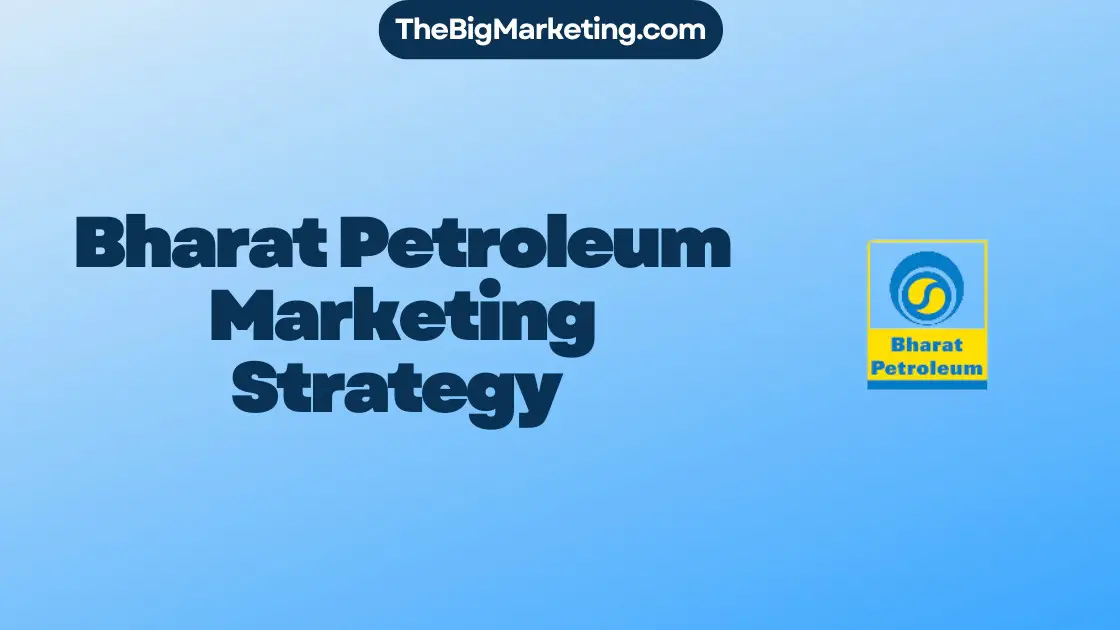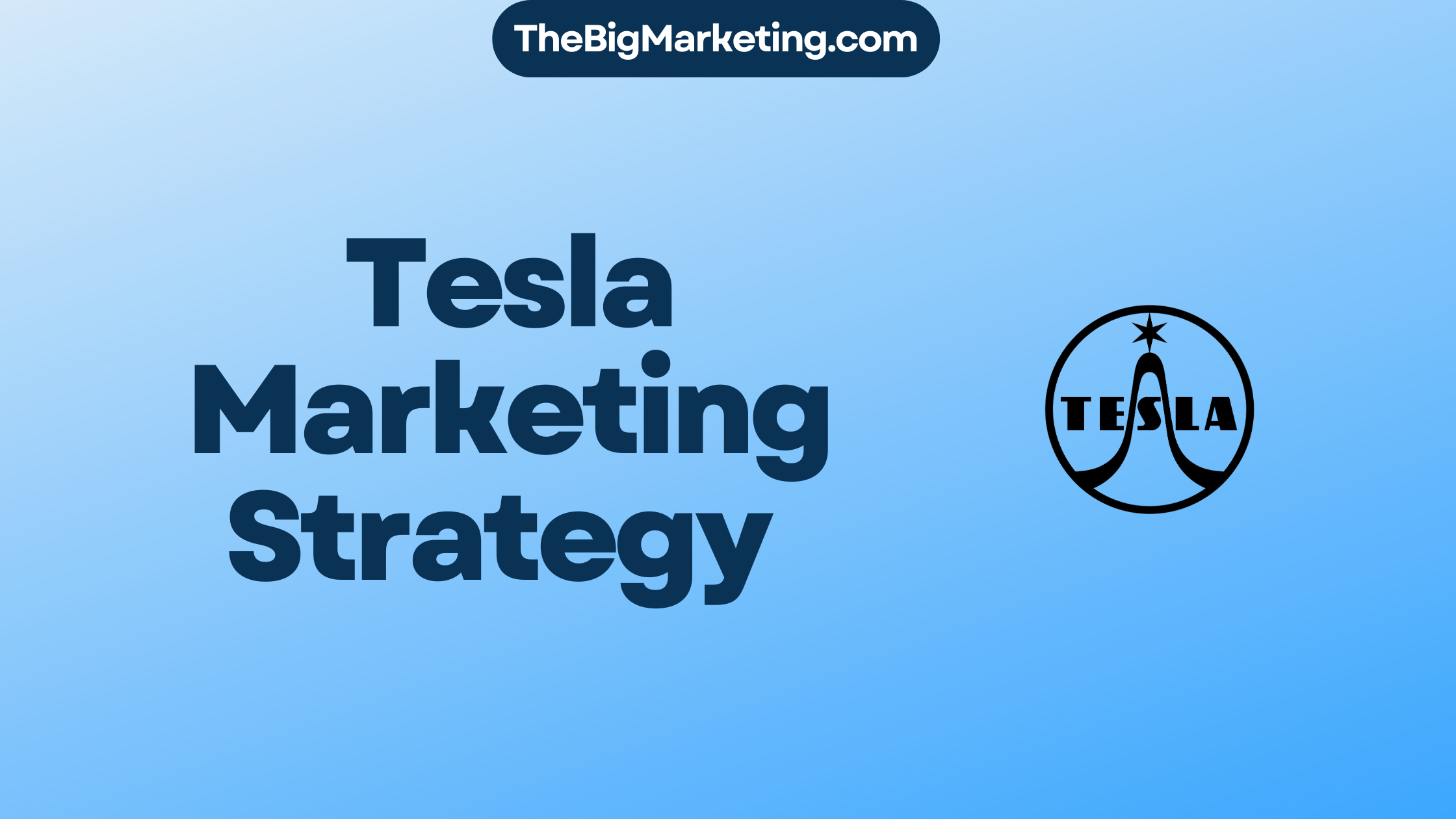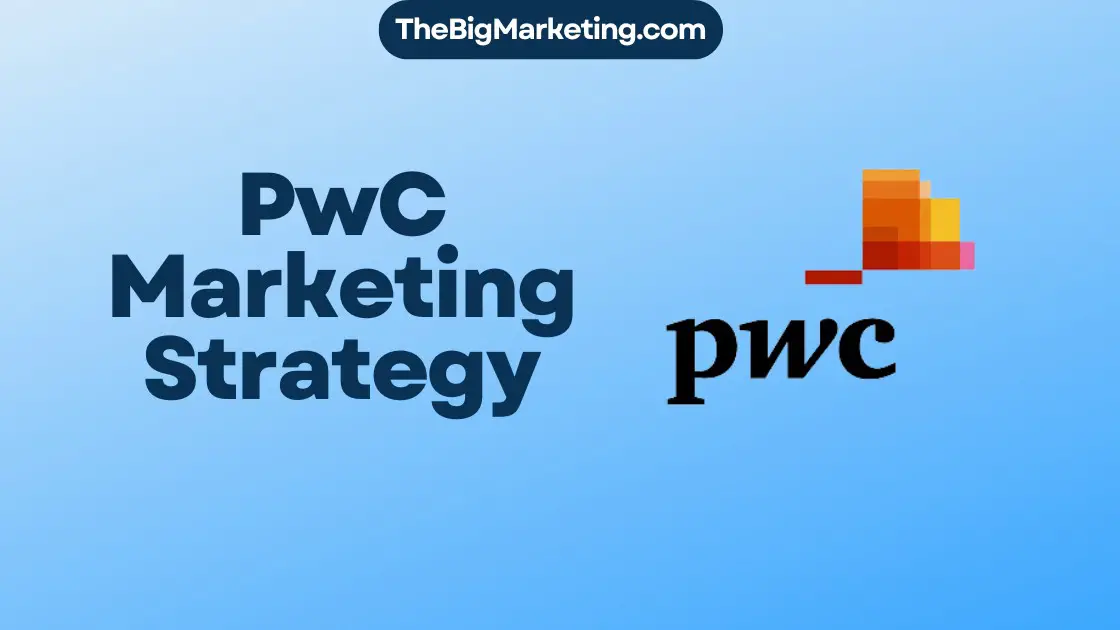In today’s competitive home building industry, having a comprehensive and effective marketing strategy is crucial for builders. With changing consumer behaviors and advancements in technology, home builders need to stay ahead of the curve to attract potential buyers and drive sales.
This complete guide will equip builders with the knowledge and tools they need to develop a successful marketing strategy in 2024. From digital marketing tactics to branding strategies and lead generation techniques, we will cover all the essential aspects to help builders thrive in the ever-evolving real estate market.
Key Takeaways:
- Developing a comprehensive marketing strategy is essential for home builders in 2024.
- Digital marketing tactics, including social media marketing and content marketing, play a significant role in reaching and engaging with potential buyers.
- Branding strategies help builders establish a strong identity and differentiate themselves from competitors.
- Lead generation techniques are crucial for generating qualified leads and driving sales.
- Staying up to date with the latest marketing trends and continuously evaluating and adjusting strategies is vital for ongoing success.
The Importance of a Strong Website for Home Builders
A strong website is crucial for home builders to establish an online presence and connect with their target audience. In today’s digital era, where potential homebuyers increasingly rely on the internet for property research, having an informative and user-friendly website can make all the difference in attracting and engaging potential customers.
One key aspect of a strong home builder website is having a dynamic home listing feed. By integrating the website with a Multiple Listing Service (MLS), builders can provide up-to-date pricing and listing information to visitors. This dynamic feed ensures that potential homebuyers have access to the most accurate and recent information, enhancing their experience and increasing their trust in the builder.
In addition to a dynamic home listing feed, website design plays a crucial role in capturing the attention of potential homebuyers. A visually appealing design that reflects the builder’s branding and showcases their properties can effectively convey the quality of their work. It is important to invest in professional website design to create a positive and lasting first impression.
Another vital component of a strong website is informative and compelling content. Home builders should provide detailed descriptions of their properties, highlighting the unique features and benefits. Including high-quality images, virtual tours, and floor plans can also help potential buyers visualize the homes. Well-written content that addresses common questions and concerns can build trust and credibility, encouraging visitors to take the next step.
Website optimization is essential for ensuring that the site ranks well in search engine results. By implementing SEO best practices, such as keyword research and usage, meta tags optimization, and responsive design, builders can improve their website’s visibility and attract more organic traffic. A user-friendly navigation system and fast-loading pages are also critical for delivering a smooth browsing experience to visitors.
A strong website serves as a central hub for a home builder’s online marketing efforts. It is where potential buyers can learn about the builder, browse available properties, and even make inquiries. By incorporating features like contact forms, live chat, and virtual appointment bookings, builders can actively engage with visitors, nurturing leads and converting them into satisfied customers.
Investing in a strong website is a strategic decision that pays off in the long run. By providing a dynamic home listing feed, designing an appealing website, creating informative content, and optimizing for search engines, home builders can effectively showcase their properties, connect with their target audience, and ultimately drive sales and growth.
| Benefits of a Strong Website for Home Builders |
|---|
| Establishes an online presence |
| Provides up-to-date pricing and listing information with a dynamic home listing feed |
| Creates a positive first impression through visually appealing design |
| Offers informative and compelling content to engage potential buyers |
| Improves website visibility through optimization for search engines |
| Acts as a central hub for online marketing efforts |
Leveraging Third-Party Marketplace Sites for Home Builder Marketing
In today’s digital world, having an online presence is essential for home builders to connect with potential customers and showcase their marketing strategies. One effective way to achieve this is by leveraging third-party marketplace sites such as Zillow and Neighborhood Housing Services (NHS).
By being present on these real estate marketplace sites, home builders can increase their online visibility and reach a wider audience. Zillow, for example, is one of the largest online real estate marketplaces, with millions of users actively searching for properties.
Neighborhood Housing Services (NHS) is another platform that allows home builders to connect with customers who are specifically interested in affordable housing options. With its focus on creating vibrant neighborhoods, NHS provides an excellent opportunity for builders to showcase their projects and attract the right audience.
Being present on these marketplace sites enables home builders to showcase their listings, market their homes, and highlight their unique value propositions. This increased visibility can lead to more customer interactions, inquiries, and ultimately, sales.
Benefits of Leveraging Third-Party Marketplace Sites
When home builders utilize third-party marketplace sites, they can benefit from:
- Increased online presence and visibility
- Access to a large pool of potential customers actively searching for properties
- Enhanced credibility and trust through platform validation
- Opportunities for customer interaction and engagement
- Better targeting and exposure to the right audience
By leveraging these marketplace sites, home builders can expand their reach beyond their own website and tap into a broader network of potential customers. This allows them to maximize their marketing efforts and increase their chances of success.
The image above depicts the power of real estate marketplace sites in connecting home builders with potential customers, increasing their online visibility, and driving customer interactions.
To fully leverage the potential of these marketplace sites, home builders should optimize their listings with high-quality photos, detailed descriptions, and accurate pricing information. Regularly updating and monitoring these listings will help maintain their visibility and ensure they are reaching the right audience.
Overall, by being present on real estate marketplace sites like Zillow and Neighborhood Housing Services, home builders can expand their online presence, improve their visibility, and increase customer interaction and engagement. These platforms offer valuable opportunities for builders to showcase their projects, connect with potential buyers, and drive sales.
The Power of Search Engine Optimization (SEO) for Home Builders
Search engine optimization (SEO) is a crucial aspect of a successful home builder’s marketing strategy. By implementing SEO best practices, home builders can improve their website visibility on search engines like Google, driving organic traffic and increasing their online presence.
Website Visibility
SEO helps home builders enhance their website visibility by optimizing their website content and structure. By conducting keyword research and strategically incorporating relevant keywords into their website’s copy and metadata, builders can improve their rankings in search engine results pages (SERPs). This increased visibility ensures that their target audience can easily find their website when searching for home builders in their area.
Keyword Usage
Proper keyword usage is critical for SEO success. Home builders must identify the keywords and phrases that potential customers are using when searching for homes and homebuilders. By naturally incorporating these keywords into their website’s content, builders can signal to search engines that their website is relevant to users’ queries. However, it’s important to use keywords sparingly and organically, avoiding keyword stuffing, which can have a negative impact on both user experience and search engine rankings.
Inbound and Outbound Links
Inbound and outbound links are essential components of an effective SEO strategy. Inbound links, also known as backlinks, are links from other reputable websites that point to a home builder’s website. These links serve as endorsements, demonstrating to search engines that other trusted sources recognize the value and authority of the builder’s site. Outbound links, on the other hand, are links from a home builder’s website to other relevant and reputable sources. These links contribute to the overall user experience and can help establish the builder’s credibility and industry knowledge.
By implementing SEO best practices, home builders can significantly improve their website visibility, drive organic traffic, and attract potential customers. Incorporating keyword research and usage, optimizing website content, and building inbound and outbound links are crucial steps in successfully leveraging the power of SEO.
Harnessing the Potential of Social Media Marketing for Home Builders
Social media marketing plays a crucial role in the digital strategy of home builders, providing an effective platform to connect with the target audience and build brand awareness. With the rise of visual-based marketing, platforms such as Facebook, Instagram, and Pinterest offer tremendous opportunities to showcase the homes and engage with potential customers.
Facebook, being one of the most popular social media platforms, allows home builders to create a business page and share captivating visuals, videos, and informative content. By leveraging Facebook’s advertising capabilities, builders can target specific demographics and locations, ensuring their marketing messages reach the right audience.
Instagram, a visual-centric platform, offers an ideal space for home builders to showcase stunning images of their homes and share behind-the-scenes glimpses of their projects. By utilizing relevant hashtags and engaging with followers, builders can increase their reach and establish a strong brand presence.
Pinterest, known for its visual discovery aspects, provides an opportunity for home builders to share inspiring content and create virtual idea boards. By organizing and curating boards that feature different home styles, designs, and trends, builders can attract potential customers who are in the early stages of their home buying journey.
Establishing a Brand Voice
In addition to visual appeal, social media platforms allow home builders to establish their brand voice. Whether it’s through informative posts, engaging storytelling, or showcasing a unique perspective, builders can differentiate themselves and resonate with their target audience.
A consistent brand voice across social media channels helps build trust and recognition among potential customers. By evaluating their brand values, target audience, and unique selling propositions, builders can develop a distinct brand voice that sets them apart from the competition.
Leveraging Social Proof
Social media platforms provide an avenue for home builders to leverage social proof, which refers to the influence created by positive customer testimonials, reviews, and interactions. By encouraging satisfied customers to share their experiences on social media, builders can establish credibility and trust.
Customer testimonials and case studies posted on social media platforms act as social proof, validating the quality of a builder’s work and instilling confidence in potential customers. Engaging with customers through comments, direct messages, and interactive features further strengthens social proof, demonstrating responsiveness and commitment to customer satisfaction.
It is crucial for home builders to regularly monitor their social media accounts, respond to customer inquiries, and engage with their audience to foster positive relationships and maintain social proof.
| Social Media Platforms | Main Features |
|---|---|
| – Business pages for showcasing homes – Advertising capabilities for targeted reach – Sharing visual content and informative posts |
|
| – Visual-centric platform for showcasing homes – Utilization of relevant hashtags for increased reach – Engagement with followers to establish a strong brand presence |
|
| – Visual discovery platform for sharing home inspiration – Creation of idea boards featuring different styles and trends – Attracting potential customers in the early stages of home buying |
Email Marketing Strategies for Home Builders
Email marketing is a powerful tool for home builders to establish connections with potential customers and generate leads. With personalized messages, builders can effectively nurture relationships and drive conversions. However, it is crucial to find a balance between promotional emails and valuable content to avoid being marked as spam.
When implementing email marketing strategies, it is important to consider the following:
1. Lead Generation
Use email marketing campaigns to capture leads and expand your customer database. Offer valuable content, such as eBooks or downloadable guides, in exchange for contact information. Segmented email lists can help you tailor your messages to specific groups, increasing the likelihood of engagement.
2. Customer Engagement
Engage your audience through personalized and relevant emails. Address recipients by name and tailor your content to their interests and behaviors. By sending targeted messages, you can increase open rates, click-through rates, and overall customer engagement.
3. Personalized Messages
Personalization goes beyond using recipients’ names. Use customer data to send personalized recommendations, exclusive offers, and relevant updates. Leverage automation tools to streamline your email marketing efforts and ensure timely and valuable communication with your audience.
4. Valuable Content
Avoid bombarding your subscribers with promotional emails. Instead, focus on delivering valuable and educational content that addresses their pain points and offers solutions. Sharing industry news, home buying tips, and success stories can establish your expertise and build trust with your audience.
5. Optimize for Mobile
Ensure your email campaigns are mobile-responsive, as a significant portion of users access their email on their smartphones. Optimizing for mobile devices enhances the user experience and increases the chances of your emails being read and acted upon.
Street and Signage Marketing for Home Builders
While digital marketing is essential for reaching a wider audience, it’s important not to overlook the benefits of traditional marketing strategies in the home building industry. Street and signage marketing can play a vital role in attracting potential customers and increasing local visibility for home builders.
One effective traditional marketing tactic is the strategic placement of open house signs. By strategically positioning these signs in high-traffic areas near the location of the open house, home builders can capture the attention of passersby and generate interest in the property. Open house signs act as a directional guide, guiding potential buyers to the property and creating a sense of curiosity.
In addition to open house signs, street signage can also be utilized to increase visibility and attract potential customers. Placing eye-catching signage at key intersections or along main roads can help build brand recognition and generate leads for home builders. The signage can include the builder’s logo, contact information, and a brief message highlighting the builder’s unique selling points.
Local advertising is another avenue to explore. Collaborating with local newspapers, radio stations, or even community bulletin boards can help home builders reach their target audience effectively. These traditional advertising methods allow builders to tap into the local market and connect with potential customers who may not be actively searching online.
By integrating traditional marketing strategies like street and signage marketing, home builders can effectively increase their visibility and attract potential customers in their local market. While digital marketing may dominate the marketing landscape, it’s vital to acknowledge the power of traditional marketing techniques to create a well-rounded marketing strategy.
Take a look at the table below for a breakdown of the benefits of street and signage marketing:
| Benefits of Street and Signage Marketing | Explanation |
|---|---|
| Increased Local Visibility | Street and signage marketing allows home builders to gain exposure within their local community, increasing the chances of attracting potential customers who may not be actively searching online. |
| Targeted Advertising | By strategically placing open house signs and street signage in specific locations, home builders can target their desired audience effectively. |
| Brand Recognition | Eye-catching signage with the builder’s logo can help create brand recognition and establish trust with potential customers. |
| Creative Marketing Opportunities | Street and signage marketing allow for creative marketing opportunities, including unique designs and messaging that can capture the attention of passersby. |
So, while digital marketing takes center stage in today’s marketing landscape, don’t underestimate the power of traditional marketing strategies like street and signage marketing. By utilizing these tactics, home builders can increase their visibility, attract potential customers, and create a well-rounded marketing strategy for their business.
The Power of Paid Search in Home Builder Marketing Strategy
In today’s digital landscape, paid search has become a crucial component of home builder marketing strategies. Specifically, pay-per-click (PPC) advertising has emerged as a powerful tool to complement a home builder’s SEO strategy and enhance search engine rankings. By targeting specific keywords relevant to their target audience, home builders can increase their online visibility and drive relevant traffic to their websites.
One of the key advantages of paid search, particularly PPC advertising, is its ability to deliver targeted results. Through thorough keyword research, home builders can identify the most relevant search terms potential customers are using to find information about new homes or home builders in their area. By bidding on these keywords and creating compelling ad copy, builders can position themselves prominently in search engine results pages, increasing the likelihood of attracting qualified leads.
Google Ads: Maximizing Reach and Impact
Google Ads, the leading PPC advertising platform, offers a variety of tools and features to help home builders maximize their reach and impact. With Google Ads, builders can create highly targeted campaigns that are displayed to users actively searching for related keywords. This ensures that their ads are seen by individuals who have a genuine interest in their offerings, increasing the chances of generating quality leads and conversions.
Furthermore, Google Ads provides robust analytics and reporting capabilities, allowing home builders to measure the effectiveness of their paid search campaigns. Through data analysis, builders can gain valuable insights into which keywords, ads, and landing pages are generating the highest return on investment (ROI). This data-driven approach enables builders to optimize their campaigns over time, constantly refining and improving their PPC strategies for better results.
| Paid Search Benefits for Home Builders | Explanation |
|---|---|
| Enhanced search engine rankings | By utilizing paid search, home builders can improve their organic search engine rankings through increased visibility and traffic. |
| Targeted audience reach | Paid search allows builders to target their ads to specific demographics, locations, and search intent, ensuring their message reaches the right audience. |
| Measurable results | The analytics and reporting features of paid search platforms provide builders with measurable data to assess the success of their campaigns. |
| Flexible budget allocation | Builders can set their own budgets and adjust their ad spend based on campaign performance, ensuring cost-effective advertising. |
Integrating paid search into a comprehensive home builder marketing strategy allows for a broader reach and increased brand exposure. It complements other digital marketing efforts, such as SEO and social media marketing, by providing an additional avenue to connect with potential home buyers. Combined with effective keyword research, strategic bidding, and compelling ad content, paid search can become a powerful tool to drive traffic, increase leads, and ultimately, generate more sales for home builders.
Leveraging Display and Video Advertising for Home Builder Marketing
Display and video advertising are powerful tools for home builders to enhance their marketing efforts and achieve strategic objectives. These tactics can effectively increase brand awareness and contribute to a cohesive customer journey. By leveraging display advertising and video advertising, builders can captivate their target audience and showcase their services in a visually engaging way.
The Impact of Display Advertising
Display advertising involves the use of visual elements such as images, banners, and interactive media to promote a brand or message. These ads are typically positioned on websites, social media platforms, and other digital channels that are frequented by potential home buyers. Display advertising offers a unique opportunity for home builders to create brand awareness and reach a wide audience within their target market.
One of the main advantages of display advertising is its ability to capture attention through eye-catching visuals. By creating visually appealing ads that align with the brand’s messaging and values, builders can make a memorable impression on potential customers. Additionally, display advertising provides the opportunity to target specific demographics, locations, and interests, allowing builders to reach their ideal audience effectively.
To optimize the effectiveness of display advertising, it is essential to develop compelling ad copy and captivating visuals that align with the brand’s identity. By incorporating relevant keywords and engaging calls-to-action, builders can drive traffic to their website and generate valuable leads. Moreover, leveraging retargeting techniques can help keep the brand top-of-mind for potential customers who have previously shown interest in the builder’s offerings.
The Power of Video Advertising
Video advertising is another impactful tool for home builders to enhance their marketing efforts. With the rise of video consumption on various platforms, including social media and streaming services, video ads offer a dynamic and engaging way to showcase properties and capture the attention of potential buyers.
Video advertising allows home builders to tell compelling stories, highlight unique selling points, and create an emotional connection with their target audience. By leveraging video content, builders can provide virtual tours, showcase model homes, and demonstrate the quality and craftsmanship of their properties. This immersive experience helps potential buyers envision themselves living in the homes being marketed.
Furthermore, video advertising enables builders to establish brand authority and expertise within the industry. By sharing educational content, testimonials, and insights, builders can build trust and credibility with their target audience. This approach not only increases the likelihood of attracting potential buyers but also fosters long-term brand loyalty.
It is important for home builders to consider incorporating video ads into their cross-channel marketing strategy, ensuring a consistent brand message and a seamless customer journey. By strategically placing video ads on relevant platforms and targeting the right audience, builders can maximize the impact of their marketing efforts and achieve measurable results.
Embracing Programmatic and Geofence Advertising in Home Builder Marketing
As the home building industry continues to evolve, it’s essential for builders to incorporate cutting-edge marketing strategies into their campaigns. Two powerful tools that can significantly enhance a home builder’s advertising efforts are programmatic advertising and geofence advertising.
The Power of Programmatic Advertising
Programmatic advertising is an automated, data-driven approach to buying and optimizing digital ad inventory. It allows home builders to reach their target audience with precision and efficiency. By utilizing programmatic advertising, builders can:
- Target specific demographics and geographic locations
- Deliver personalized and relevant advertisements
- Optimize ad spend by reaching the right audience
Programmatic advertising enables home builders to display their ads across various digital platforms, including websites, mobile apps, and social media. This broad reach ensures maximum exposure and increases the chances of engaging potential customers.
The Benefits of Geofence Advertising
Geofence advertising takes programmatic advertising a step further by using location-based targeting. Home builders can define specific geographic boundaries, such as neighborhoods or zip codes, to serve ads to individuals within those areas. This targeted approach offers several advantages:
- Reaching potential home buyers who are actively searching for properties in a particular location
- Increasing brand awareness among local communities
- Targeting individuals who have visited open houses or model homes
By combining the power of programmatic advertising with geofencing, home builders can ensure that their marketing messages are highly relevant and reach the right people at the right time.
An Example of Programmatic and Geofence Advertising in Action
Let’s consider a hypothetical scenario: ABC Home Builders is launching a new residential development in a booming suburb. To promote their project effectively, they implement programmatic advertising with geofencing tactics.
Using programmatic advertising, ABC Home Builders sets up ad campaigns targeting individuals who have shown interest in purchasing a new home, based on their online behavior and search history. By leveraging programmatic advertising, ABC Home Builders can display their ads on popular real estate websites, social media platforms, and mobile apps, capturing the attention of potential buyers.
To further enhance their marketing efforts, ABC Home Builders utilizes geofencing around their community and nearby open houses. This allows them to serve ads directly to individuals who are physically within the defined boundaries, increasing the likelihood of generating leads and driving foot traffic to their development.
| Programmatic Advertising | Geofence Advertising |
|---|---|
| Target specific demographics and geographic locations | Reach potential home buyers in specific neighborhoods |
| Create personalized and relevant advertisements | Increase brand awareness among local communities |
| Optimize ad spend by reaching the right audience | Target individuals who have visited open houses |
By embracing programmatic and geofence advertising, ABC Home Builders is equipped with powerful tools to effectively reach their target market, drive awareness, and generate leads for their new residential development.
In conclusion, programmatic and geofence advertising are valuable components of a home builder’s marketing strategy. These tactics enable builders to optimize their ad spend, target the right audience, and increase brand visibility within specific geographic areas. By leveraging these powerful tools, home builders can maximize their marketing efforts and ultimately drive sales and growth.
Conclusion
Implementing a comprehensive home builder marketing strategy is vital for success in today’s highly competitive market. By employing effective marketing tactics and embracing digital marketing trends, home builders can drive sales and achieve sustainable growth.
Creating a strong online presence is crucial to reach and engage with the target audience. Builders must focus on developing a visually appealing website with informative content and optimized for search engines. Additionally, leveraging third-party marketplace sites like Zillow and Neighborhood Housing Services can significantly increase online visibility and customer interaction.
To stay ahead of the competition, home builders should constantly stay updated on the latest digital marketing trends. This enables them to refine their strategies and utilize emerging platforms and tactics. By adopting an agile approach and continually evaluating and adjusting marketing initiatives, home builders can effectively drive sales and achieve long-term growth.





